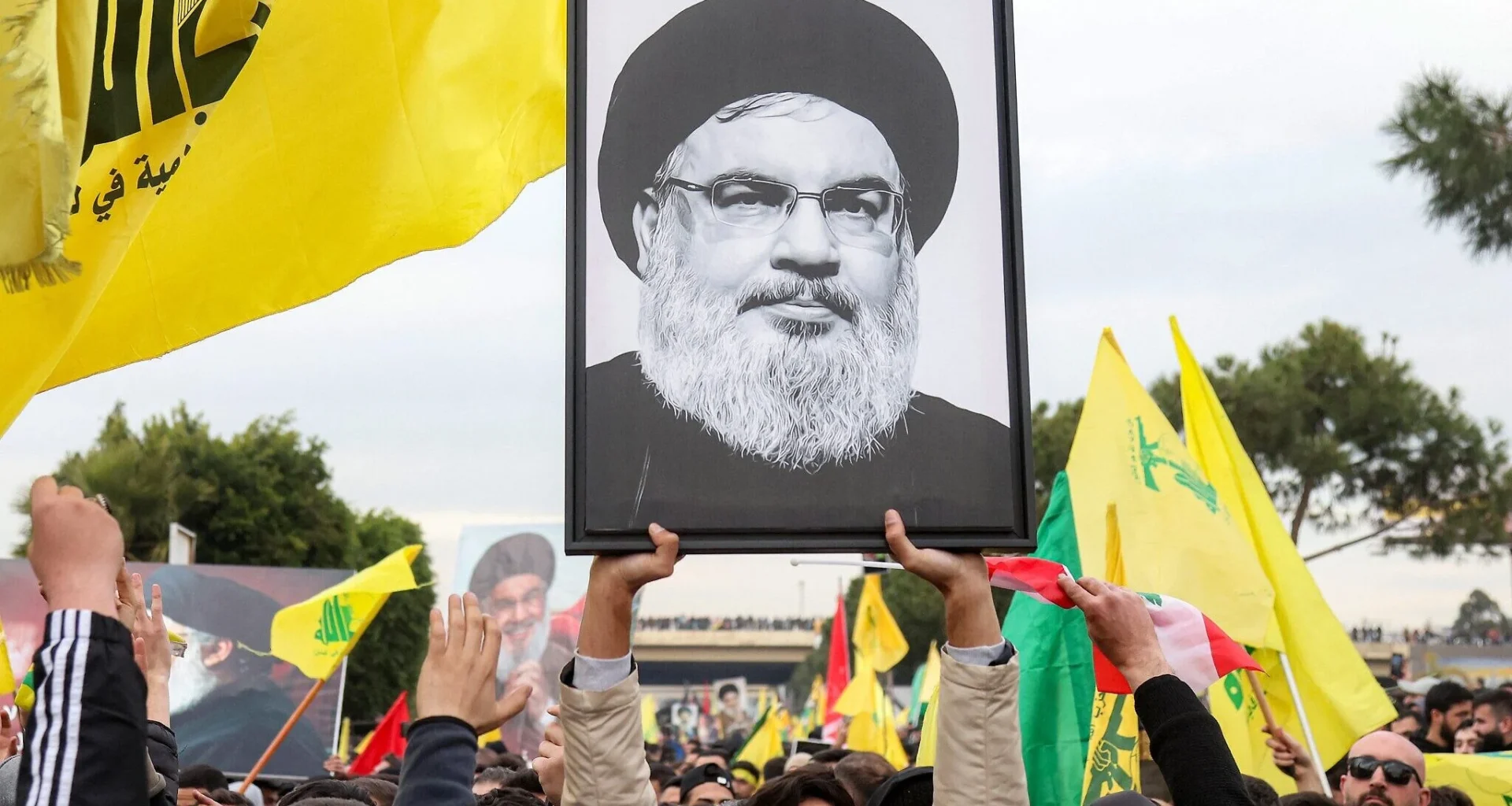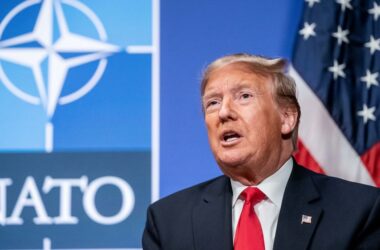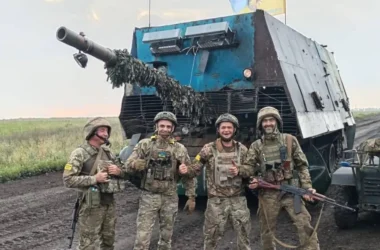The death of Hasan Nasrallah on September 27, 2024, following an Israeli airstrike on Beirut, marks a significant turning point for Hezbollah. Since 1992, Nasrallah had been the organization’s Secretary-General, shaping its military and political direction. Under his leadership, Hezbollah became a powerful actor in Lebanese politics and established itself as an influential regional force. Nasrallah’s death has created considerable uncertainty within the organization.
Nasrallah’s Influence on Hezbollah
Hasan Nasrallah was one of the foundational figures of Hezbollah, instrumental in its formation and evolution from a small militant group into a major political and military organization. His charismatic leadership provided critical stability and cohesion, allowing Hezbollah to withstand internal and external pressures. Under Nasrallah’s guidance, the organization developed a highly disciplined and capable military force, significantly enhancing its capacity for asymmetric warfare, particularly evidenced during conflicts with Israel, such as the 2006 Lebanon War. Nasrallah’s ability to combine military strength with a powerful narrative of resistance against foreign occupation solidified Hezbollah’s position as a symbol of defiance not just in Lebanon, but throughout the Arab world. Politically, his influence was equally profound, as he skillfully leveraged ideological and communal solidarity among the Shiite population, transforming Hezbollah into an indispensable political player within Lebanese domestic politics. Nasrallah effectively utilized a combination of populist rhetoric, social welfare programs, and robust grassroots organization to mobilize extensive support and loyalty, strengthening Hezbollah’s legitimacy beyond merely militant activities. His strategic vision extended Hezbollah’s reach, influencing events in Syria, Iraq, Yemen, and beyond, solidifying the group’s status as a key regional actor closely aligned with Iranian interests and strategies.

Hezbollah’s Internal Structure After Nasrallah
Following Nasrallah’s death, the leadership vacuum within Hezbollah has become a significant source of concern and uncertainty, prompting intense internal debate and speculation regarding the future direction of the organization. Several potential successors have emerged in discussions, each bringing different backgrounds, support bases, and strategic visions. Among the frontrunners are senior figures from both the political and military wings of Hezbollah, each representing varying degrees of ideological rigidity, pragmatism, and closeness to Iran. However, none of these candidates currently appear to possess the same level of charisma, authority, or widespread popular support that Nasrallah commanded. This deficiency creates an atmosphere ripe for internal power struggles, as different factions within the organization, including hardliners and moderates, vie for influence. Additionally, Nasrallah’s death might embolden previously marginalized voices within Hezbollah, potentially leading to internal restructuring or a shift in the balance of power between the military and political wings. The selection process itself, whether through consensus or contention, will not only determine Hezbollah’s immediate stability but also significantly influence its long-term strategic orientation, internal cohesion, and effectiveness as a unified political-military entity. During this transitional period, the risk of factionalism, splintering, or even external exploitation by rival groups or states is heightened, further complicating the organization’s already precarious path forward.

Regional and International Impacts
Post-Nasrallah, significant and complex changes are anticipated in Hezbollah’s regional and international relations. Tensions with Israel, already volatile, are expected to escalate, as the uncertainty surrounding Hezbollah’s new leadership could embolden both sides to adopt more aggressive stances, increasing the risk of miscalculations and potential conflicts. The stance of Hezbollah’s future leadership remains a critical unknown, with possibilities ranging from maintaining the current posture of confrontation to potentially exploring strategic recalibrations aimed at consolidating internal support or international legitimacy.
Iran, as Hezbollah’s primary supporter and strategic ally, will play an increasingly crucial role during this transitional phase. Tehran is expected to intensify its efforts to maintain and possibly expand its influence over the organization, ensuring Hezbollah continues to align closely with Iranian regional policies. Iran’s involvement could manifest through increased financial, military, and political support, aiming to stabilize Hezbollah internally and safeguard its interests in Lebanon, Syria, and across the broader Middle East. However, this heightened Iranian influence may also draw opposition from rival regional powers such as Saudi Arabia, the United Arab Emirates, and Israel, exacerbating existing proxy tensions and complicating diplomatic relations.
Furthermore, the international community, particularly Western states and Israel, are closely monitoring this leadership transition, recognizing its profound implications for regional security and stability. Any signs of increased radicalization, expansionist ambitions, or alignment with Iran’s broader regional agenda may prompt stricter sanctions or military responses, adding further layers of complexity to an already delicate situation. The leadership vacuum and potential for internal instability within Hezbollah present an opportune moment for external actors either to attempt to weaken the group or, conversely, to engage diplomatically with emerging pragmatic elements within its leadership, depending on evolving dynamics.

Conclusion
The death of Hasan Nasrallah represents a profound and pivotal moment for Hezbollah, one that carries far-reaching implications for the organization’s future, Lebanon’s fragile political equilibrium, and broader Middle Eastern stability. The profound uncertainty enveloping Hezbollah in the wake of Nasrallah’s demise is compounded by internal tensions, potential power struggles, and the challenge of identifying a successor capable of maintaining unity and strategic coherence. Regionally, this event amplifies existing tensions, particularly with Israel, potentially ushering in a new era of heightened confrontation and instability. Within Lebanon, the reshaping of political dynamics is inevitable, as Nasrallah’s absence alters the balance of power among sectarian and political groups, creating openings for both internal realignment and external manipulation. Hezbollah’s future trajectory will be critically influenced by the interplay between these internal dynamics—leadership contests, ideological shifts, and factional rivalries—and regional influences, especially from Iran, Israel, and other key actors. Given these complex and interwoven factors, close and continuous observation is essential, as the outcomes of this transition period hold significant consequences not only for Lebanon’s internal stability but also for regional peace and geopolitical balances across the Middle East.






